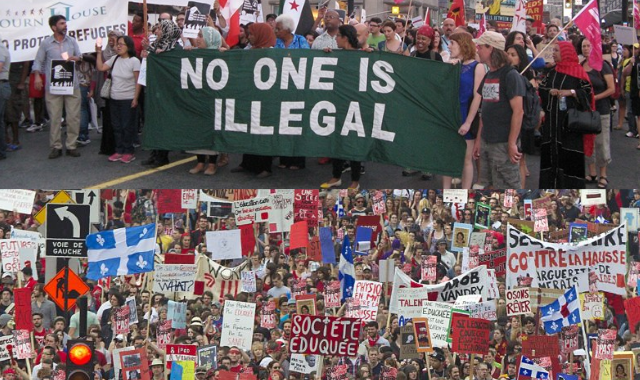This post is an appendix of sorts to my article, “Fired by Walmart for Christmas”, to be published this weekend by Common Dreams. In the article, I describe the stresses and difficulties faced by Walmart workers during the holidays. Overwork, a climate of fear and barely-organized chaos make for taxing shifts at work. Low wages, insufficient hours and inadequate benefits stretch budgets and make it harder to find holiday joy at home. A Walmart Christmas could have easily been written by Dickens.
Here, I want to focus on an aspect of Walmart’s practices that stood out from my interviews with long-time Walmart employees and OUR Walmart organizers: the increased use of temporary workers and the greater degree of precarity experienced by all workers at the retail giant. The workers and organizers I interviewed all described a long-term shift in company culture. From the perspective of veteran employees, the company has gone from one that at least outwardly respects its workers to one solely focused on profit, even at immense cost to worker well-being. My interviewees all claimed this change took place during the transition in management after the death of founder Sam Walton.
Make no mistake: Walmart was always focused on cost-cutting. However, through a shrewd mix of charisma and good business sense, Walton was able to maintain a sense of community amongst his employees. He knew what he needed to do to keep costs down, but he also knew how to do it in a way that did not completely alienate and break his own employees.
In the two decades since his passing, Walmart has changed. Without Walton’s calculated approach to cost savings, working conditions have deteriorated. Wages, benefits and hours have all been reduced. In addition, without Walton’s charisma, not even a veneer of respect for workers remains. Today’s Walmart employees are not only tired, poor and often on social assistance; they are also deeply disheartened and afraid.
